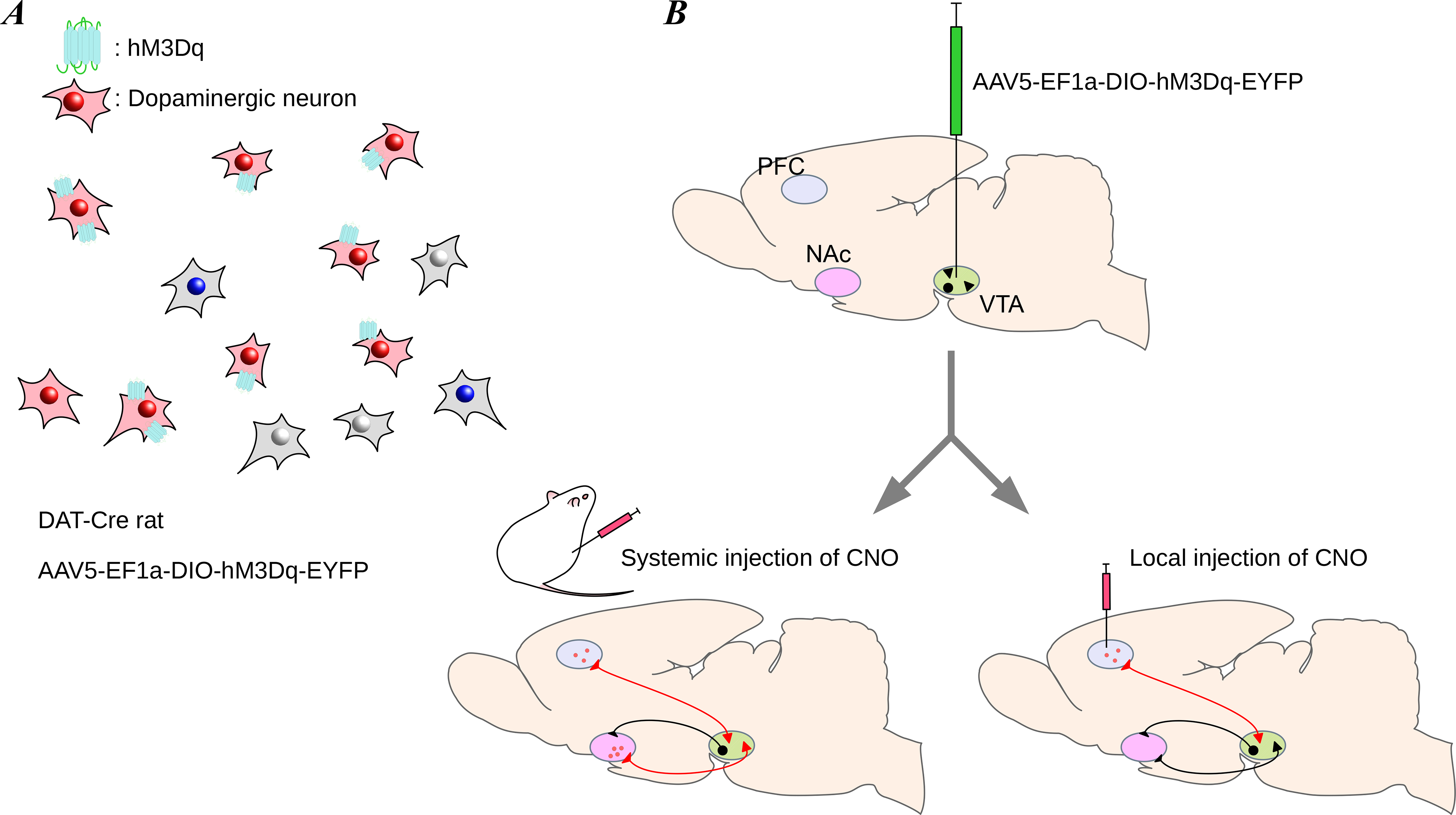Figure 5. Chemogenetic method of circuit manipulation.

Chemogenetic stimulation can be used to excite or inhibit neural activity by activating receptors on targeted neurons. (A) Only neurons expressing the chemogenetic receptor are affected by their respective exogenous ligand. In this case, the excitatory chemogenetic receptor, hM3Dq, is activated by its ligand, clozapine-N-oxide (CNO). (B) Similar to optogenetics, chemogenetic experiments begin with injection of a virus containing the gene for the chemogenetic receptor (top). After about 3 weeks to allow for expression of the receptors, transfected neurons can be targeted through systemic injection of CNO (bottom left) or local injection of CNO (bottom right; by microinjection). The method of CNO delivery depends on the experiment: systemic injection is ideal for experiments requiring activation of all transfected neurons, whereas local injection is ideal for experiments requiring activation of a small region of transfected neurons.
